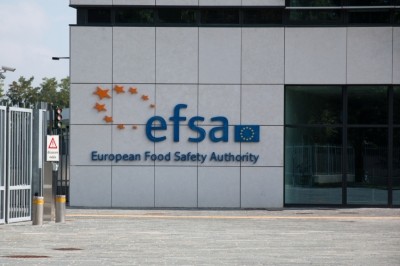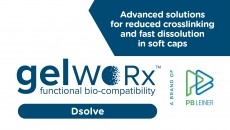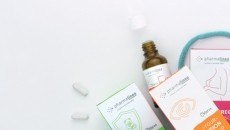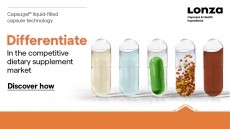EFSA concern at EC plans to raise vit D levels in infant formula

EFSA states that formula containing 3 micrograms per 100 kilocalories (μg/100 kcal) of vitamin D may lead infants up to four months to consume vitamin D levels above the UL of 25 μg/day from formula alone.
However, the Panel added that a maximum vitamin D content of 2.5 μg/100 kcal would not result in intakes of vitamin D above the UL of 25 μg/day from just formula.
The Panel on Dietetic Products, Nutrition and Allergies (NDA) was asked to advise on the safety of the consumption of infant formula with this increase in vitamin D content as detailed in Directive 2006/141/EC.
The European Commission plan to increase the maximum permitted vitamin D content from 2.5 to 3 μg/100 kcal for infant formula from 2020 to bring levels in line with the vitamin D content levels found in follow‐on formula (FoF).
‘Applies to vitamin D2 and D3’
“The Panel concludes that the UL for infants below 6 months of age is set at 25 μg/day and the UL for infants over 6 months of age is set at 35 μg/day.”
“The Panel concludes on the UL for vitamin D from data mainly on vitamin D3 as the dose–response analysis to predict the percentage of individuals that would have serum 25(OH)D concentrations above 200 nmol/L included studies that used supplementation with vitamin D3.
“However, the updated UL of 25 and 35 μg/day applies both to vitamin D2 and D3.”
In 2012, EFSA revised an opinion of the ULs for vitamin D set by the Scientific Committee on Food (SCF) in 2003.
Here, the Authority concluded there was a lack of data on infants on which to base a no‐ or a lowest observed adverse effect level.
The Panel decided to retain the UL of 25 μg/day having considered available evidence on ‘high’ vitamin D intake and the absence of retarded growth or hypercalcaemia in infants.
Vitamin D and the sun
In its latest ruling, EFSA gave special consideration to the age groups beyond infancy, factoring in the production of vitamin D3 in the skin during the summer months
The Panel considered that this may not be the main vitamin D source for infants, who have a greater reliance on dietary intake.
“Serum 25(OH)D concentration in infants can be influenced by vitamin D intake level, form and frequency of consumption, baseline serum 25(OH)D concentration, sun exposure, season, body mass (or age) and body fat and maternal characteristics during pregnancy and lactation (e.g. maternal supplementation with vitamin D),” EFSA said in its investigations.
To add to the complexity, the Panel also notes that there are different national supplementation policies for vitamin D in infants in the European Union (EU) and compliance with these policies may vary between countries.
Concerns have been raised that high consumption of formula containing 3 μg/100 kcal of vitamin D, combined with vitamin D intake via national supplementation policies (e.g. supplemental 10 μg per day recommended in Finland) could lead some infants to consume vitamin D at amounts that could pose safety risks.
Additional consideration was given to vitamin D supplementation in Denmark, which at the time of the survey (2006) was 10 μg/day for all infants between 14 days and 1 year as recommended by national policy. The survey indicated that no infant exceeded the UL of 25 μg/day.
The survey authors said that supplements contribute to the total vitamin D intake for around 60–70% (all age groups), and that most of the infants received (not always daily) supplementation as drops.
“For the intake assessment for infants aged from 4 to less than 12 months, food consumption data from nationally or regionally representative dietary surveys on infants were available from six countries (Bulgaria, Denmark, Finland, Germany, Italy and the UK),” EFSA said.
“For these reasons, the Panel did not make any assumption in its intake assessment regarding vitamin D supplementation.”















